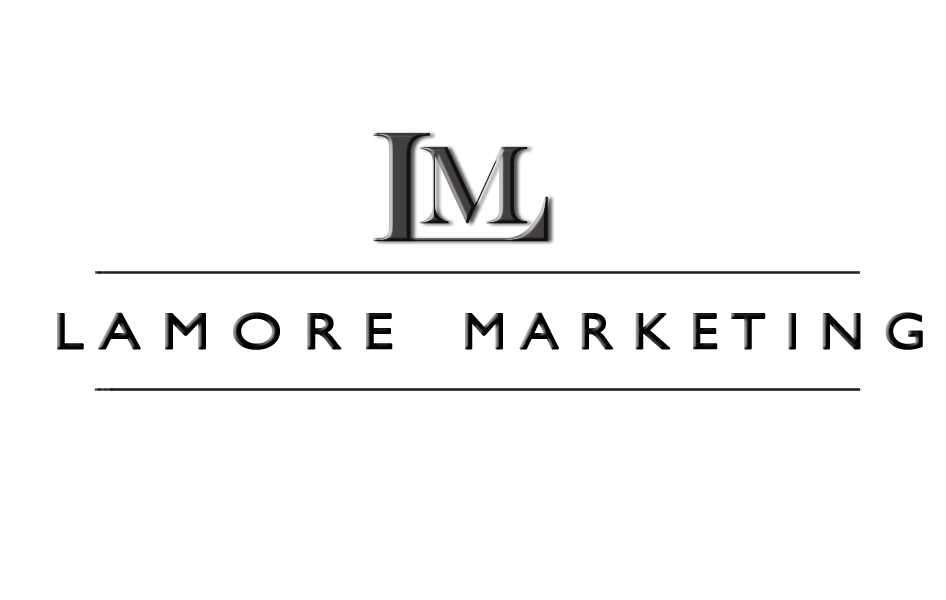Author: Jessica Lamore
Wine is not a product, but rather an entity that represents culture, art and the many distinct palates that exist in the world. Along with oxygen, wine breathes on conversation and appreciation. It celebrates various traditions and brings people together. Because interaction is what makes wine come alive, why would a winery want to focus on automating their business with tasting room kiosks and online e-commerce?
Benjamin Franklin said “Wine makes daily living easier, less hurried, with fewer tensions and more tolerance.”
Although this statement may be true for the wine consumer, for the wine retailer it is an advanced, interactive website that “makes daily living easier…” But in a business that embraces old-world traditions, using modern technology can not only be a challenge, but a discomfort for many wineries. Many view e-commerce as a tawdry sell-out, which overthrows a winery’s individual charm and charisma in order for capital gain.
However, research shows the opposite is occurring. The report from VinterActive showing a 12% decrease in tasting room and event sales and a 26% increase in online sales is proof that most people are not able to escape to the tasting rooms for an afternoon of wine commemoration. In fact, most wine enthusiasts have never even stepped foot inside of a tasting room or have sipped a glass of wine while relaxing in the vineyards from where it was grown. For them, pulling a corkscrew out of a wine bottle is much like releasing a Genie out of a lamp, a magical experience that can take them deep into the quiet vineyards of Napa, Bordeaux, or Paso Robles.
Wine e-commerce is the medium that introduces the Genie to people from all over the world. If designed effectively, it is possible to spill the essence of a winery into a website.
Wineries that have created this balance between their online sophistication, while keeping a tasteful appearance that represents the winery’s unique persona, are thriving online. Their websites are filled with graphics and virtual tours that personalize their sites, making the visitor feel as if they were there. Their E-Commerce make the difficult aspects, such as state restrictions, wine club discounting, and volume discounting, easier to overcome.
Ultimately, however, a well done website should be enticing enough for consumers to travel to the tasting rooms for the bona fide wine tasting experience. The emerging use of technology does not stop when they arrive. Many wineries now have a computer in the tasting room with an integrated POS system. Customers can use it to see reviews, look up tasting notes, and purchase wine. This may seem like it strips away human interaction, but it can actually allow for tasting room attendants to spend less time ringing up transactions and more time answering customers’ questions and building relationships. In addition, the winery now has the customer’s information on file so that they can include them in mailing campaigns, newsletters and emails.
Therefore, the question as to whether or not the internet is compromising the wine industry all depends on the winery’s intention. If an online presence and e-commerce is used as a way to completely automate one’s business, connections with consumers will be lost and rapport will be diminished. If used as a tool to further engage and connect with people, the internet can help build relationships, trust and customers.
Jessica Lamore, born and raised in Paso Robles Wine Country, is the founder of Lamore Marketing & Public Relations based in Los Angeles, California.

